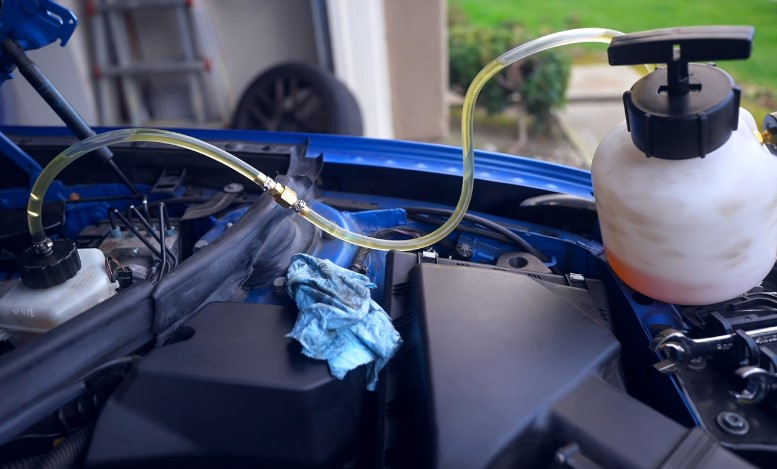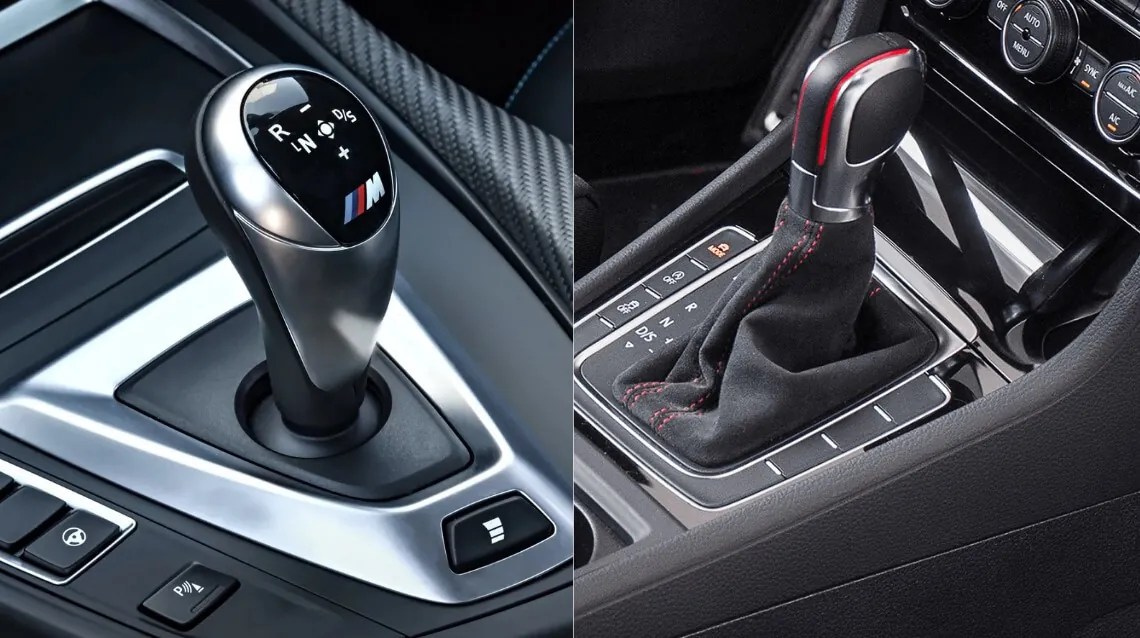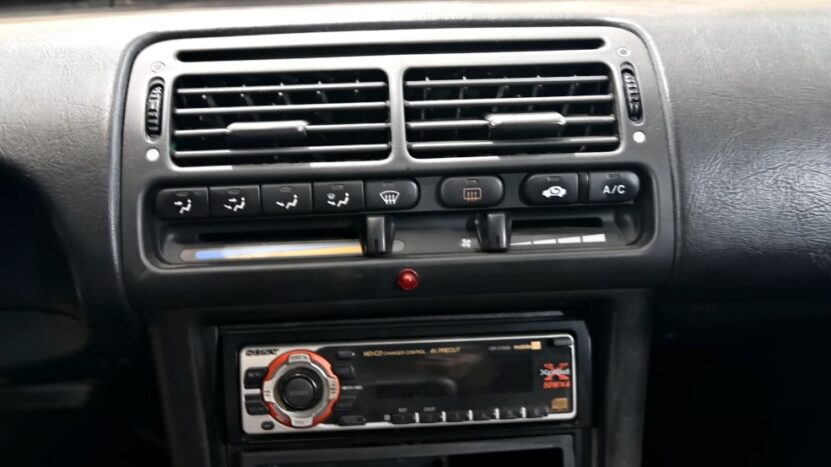
Share Post:
Cars are picky creatures. They demand fuel, oil changes, and plenty of other fancy treatments, all so they can whisk you around day after day. One part that tends to get ignored until the engine starts screaming in agony is the cooling system.
Why worry about it until hot steam is billowing from under the hood, right? If that’s the kind of approach you prefer, be prepared for a hefty repair bill.
For those who would rather keep money in their wallet, consider learning about warning signs that show a car’s cooling setup could be on its last legs.
Feel free to shake your head in exasperation if any of the indicators sound familiar. A complacent approach might lead to engine meltdown faster than a popsicle on a scorching summer day.
So let’s roll up sleeves and chat about glaring clues that your cooling system may be failing. Acting early can spare plenty of hassle, time, and—most importantly—hard-earned cash.
Table of Contents
Toggle1. Rising Temperature Gauge
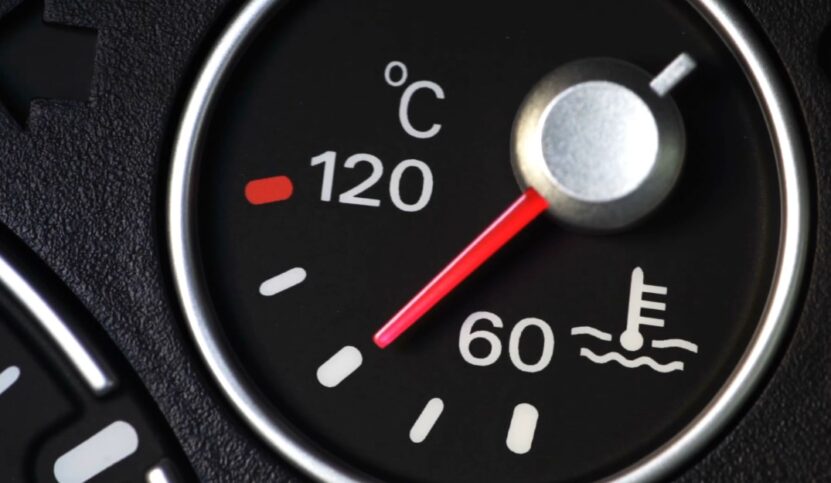
Nothing says “urgent problem” quite like the temperature gauge needle climbing toward the danger zone. Picture cruising down the highway on a sunny afternoon, only to glance at the dashboard and see that gauge inching upward in a rather alarming manner.
Some prefer to ignore that helpful gauge, possibly hoping that sheer willpower will cool the engine. Spoiler alert: it won’t.
A rising gauge can result from low coolant levels, a thermostat that decided it hates its job, or a water pump that wants to retire early. The first step is to pull over and let the engine cool off.
Driving with an overheating engine might make for a dramatic story later, but the cost of a damaged head gasket or warped cylinder head is guaranteed to kill the mood. Consult a qualified mechanic if the gauge insists on playing the hot-and-bothered game.
2. Coolant Leaks
Mysterious puddles under the car are more worrisome than they look. It’s not always water from the A/C. Bright green, orange, or yellow fluid is usually coolant, and leaks point to bigger troubles in the pipeline.
A crack in the radiator, a failing water pump, or a hose that’s seen better days can all prompt coolant to spill its guts onto the ground.
Every bit that leaks out starves the engine of the fluid it needs to regulate heat. Neglecting such a leak might allow that friendly temperature needle to spike at the worst possible moment—often in the middle of rush-hour traffic.
The simpler fix is to get the leak resolved straightaway, preferably before your wallet starts crying when faced with a catastrophic engine repair.
If all else fails, it might be time to explore replacement radiators at mymotive.com.
3. Steam or Smoke Escaping the Hood
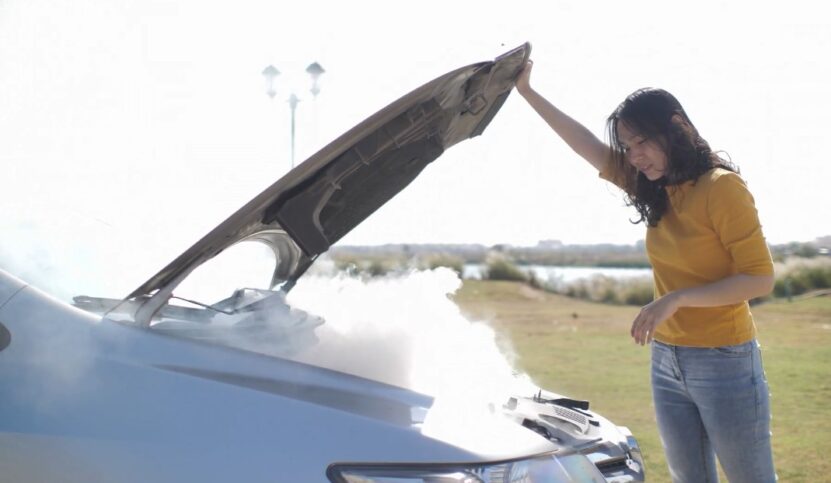
Ever spot that dramatic cloud of steam while idling at a stoplight? Movie scenes involving smoking engines usually spell disaster, and real life is no exception.
Steam often appears when coolant drips onto scorching engine parts, and it signals that the engine is already well on its way to a meltdown.
Continuing to drive with a cloud of steam pouring out from under the hood is about as wise as juggling lit fireworks. It’s best to pull over safely, shut off the engine, and summon some professional assistance.
A meltdown that warps engine components or cracks the head gasket is infinitely worse than a short inconvenience on the side of the road.
4. That Sweet, Syrupy Odor
Ever step out of the car and catch a whiff of something that smells like candy gone wrong? That could be coolant burning off a hot surface.
The odor is sweet and distinct, a clue that coolant isn’t staying where it’s supposed to stay.
Internal or external leaks waste coolant, hinder engine cooling, and can eventually lead to major damage.
Nobody wants to drive around in a machine that’s about to self-destruct. Swift repairs help ensure the leak is sealed and the odor becomes a distant memory rather than a daily headache.
5. Repeatedly Low Coolant Reservoir
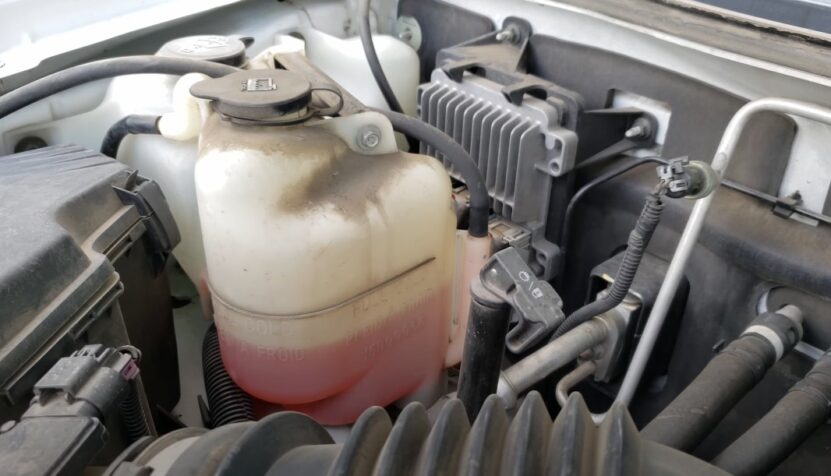
Topping off coolant every few days? Then there’s likely a sneaky leak or an internal glitch that’s draining the reservoir faster than a thirsty runner drinks water.
A car requires a stable amount of coolant for consistent temperature regulation. When the reservoir dips too often, the engine ends up vulnerable to hothead moments.
Look for any cracks in the reservoir or suspicious wet spots on hoses, around the radiator, or near the water pump.
Solving that problem beats dealing with an overheated engine on a busy freeway, where your only friend is the hazard lights (and the occasional concerned driver honking for you to hurry up).
6. White Exhaust Smoke
Tailpipe emisions typically range from invisible to lightly smoky, especially on cold mornings. However, thick white smoke often hints at coolant invading the combustion chamber.
That unwelcome phenomenon can trace its roots to a blown head gasket or a cracked engine block—both are nightmares on the average driver’s budget.
Prolonged exposure to coolant inside the engine can degrade vital components, leading to a mechanical meltdown. Repairs in that scenario are neither cheap nor quick.
7. Cold Air from the Heater

The heater in a car relies on warmth from the engine’s coolant. If the blower vents are coughing out chilly air when set to the hottest temperature, a compromised cooling system might be to blame. A clogged heater core or low coolant level are usual suspects.
Ignoring a malfunctioning heater on a crisp winter morning is a special kind of torture—numb fingers on the steering wheel aren’t exactly comforting.
Plus, any issue that reveals itself in the climate control could mean deeper cooling system woes. A thorough inspection can bring back that toasty interior and preserve engine function.
8. Rust or Sediment in Coolant
A simple peek into the coolant reservoir can reveal a muddy or rusty appearance, not exactly the bright color expected. That suggests corrosion inside the system, possibly from old coolant that’s long past its prime.
Rust buildup blocks passages, lowers the ability to exchange heat, and places added strain on critical parts like the radiator and water pump.
A coolant flush is often the best remedy. It involves draining the old fluid, cleaning out the system, and refilling it with fresh coolant. It’s not a glamorous procedure, but it’s a whole lot cheaper than a new radiator or an engine teardown.
9. Strange Sounds Near the Engine
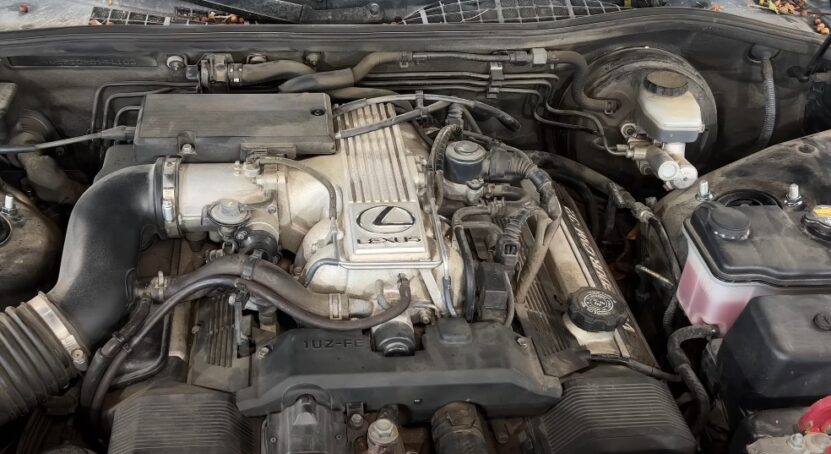
Ever hear grinding or squealing noises that cause an involuntary wince when driving? The culprit might be a failing water pump or a belt that has decided to play the world’s worst symphony. Both components are essential for keeping the engine at the correct operating temperature.
A belt slipping on the water pump pulley might create that unpleasant screech, while a failing pump can rattle like a can full of marbles. Turn down the radio every once in a while and pay attention.
If those unsettling sounds pop up regularly, it might be time for some mechanical detective work before the situation devolves into an overheating calamity.
10. Plummeting Fuel Economy
Engines love the sweet spot of correct temperature. When heat rises above normal, everything suffers: power output, performance, and especially fuel economy.
If miles per gallon suddenly drop with no obvious cause—no new lead foot habits, no extra cargo, no significant changes in driving routine—an inefficient cooling process might be the villain.
Continuing to drive with a faulty cooling system means subpar performance and a potential meltdown in the near future. That meltdown might cost more than a designer handbag. Be wise and get it fixed.
Essential Maintenance Tips
Anyone who fancies skipping catastrophic engine replacements might want to practice a few preventive measures. A bit of regular care goes a long way toward keeping that cherished set of wheels on the road:
1. Schedule Coolant Flushes
Old fluid gradually loses protective additives and can turn into a rusty soup. Flushing out contamination according to the vehicle manufacturer’s guidelines helps ensure corrosion doesn’t build up inside the radiator or engine block.
2. Inspect Hoses and Belts
Hoses that bulge, crack, or leak cause big problems, and belts with fraying edges or squeaky tensioners aren’t likely to last long. Replacement of weakened parts before they fail outright is a foolproof strategy to prevent roadside meltdowns.
3. Watch the Temperature Gauge
A quick glance at the gauge every so often can provide early warnings. A sudden spike isn’t a minor inconvenience. It’s a massive red flag, so don’t pretend not to see it.
4. Book Regular Checkups
A professional mechanic can spot clues that might fly under the radar of everyday drivers. Keeping an eye on the system with periodic inspections can reveal aging parts, minor leaks, or other hazards well ahead of a breakdown.
5. Monitor for Musty Smells
A faint sweetness inside the cabin or near the engine bay indicates coolant might be leaking. Address that early to avoid larger headaches later.
Summary
A top-notch cooling system is essential for a vehicle’s well-being. Ignoring the warning signs—such as rising temperatures, leaks, suspicious odors, or strange noises—can lead to monumental repair bills. A meltdown on a busy road isn’t exactly the best conversation starter among friends, either.
Every driver who takes a moment to keep coolant levels stable, replace worn parts, and pay attention to that trusty temperature gauge is a driver who’ll likely avoid an overheated disaster. Stick to consistent maintenance and avoid the drama of blown gaskets and cracked engine blocks.
Related Posts:





